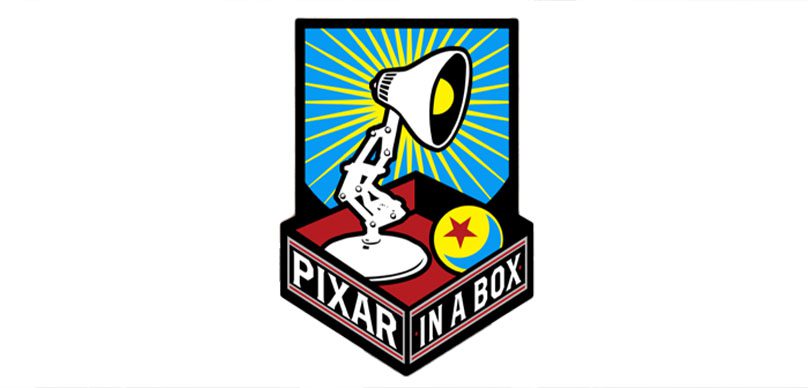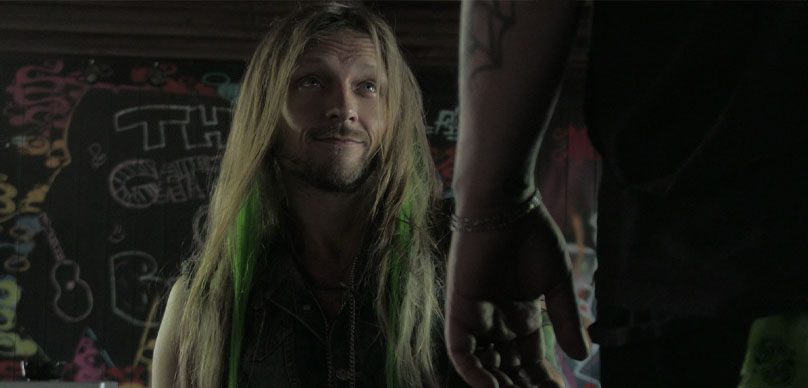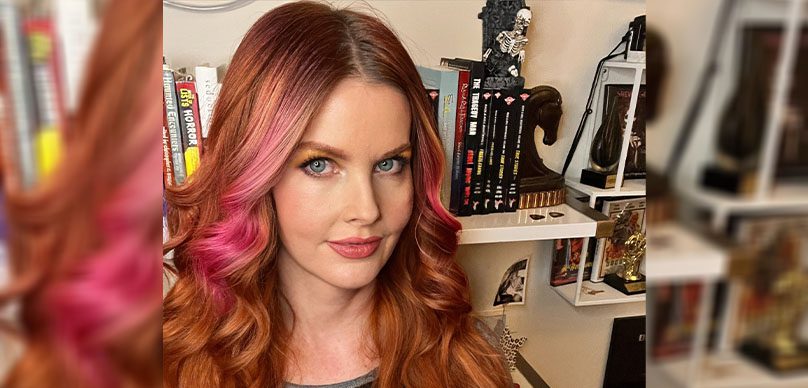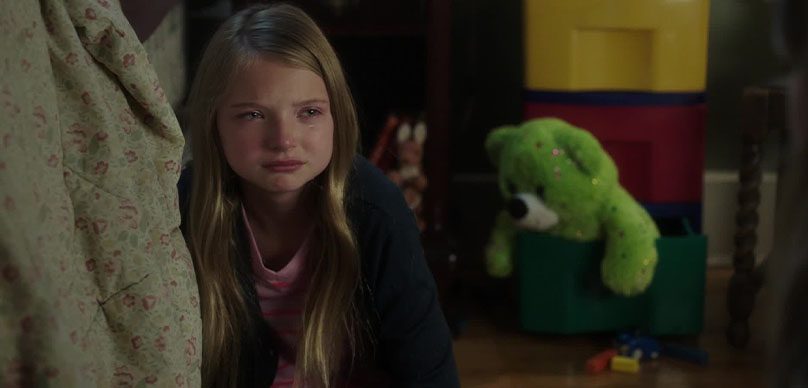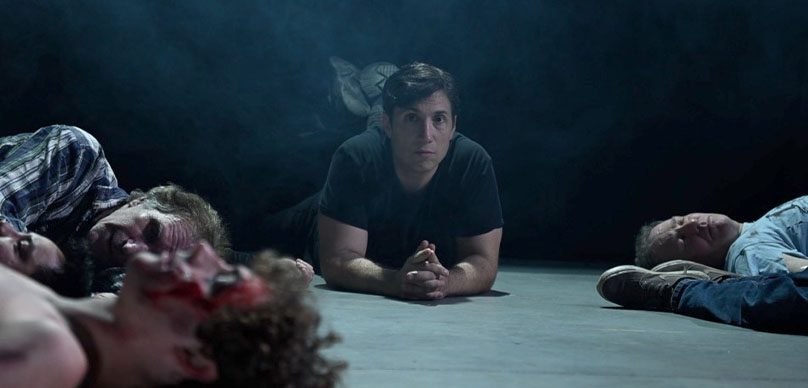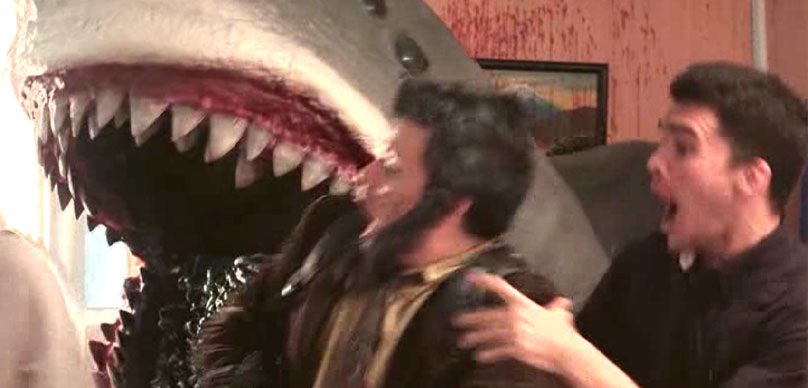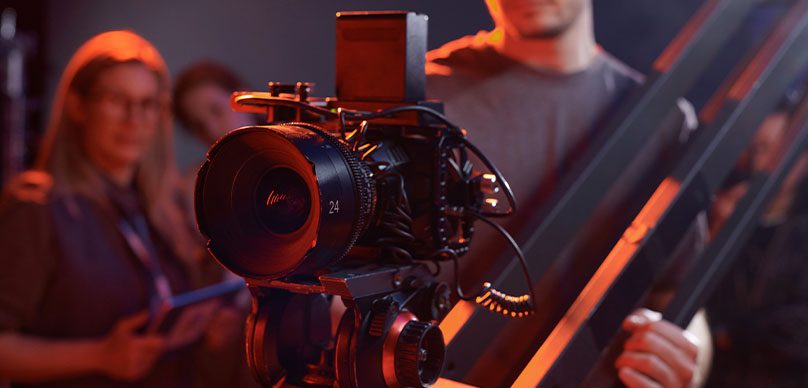Every once in a while, a conversation comes along that doesn’t just fill your mind—it redirects your thinking. On today’s episode, we welcome Brit Cruise, who lives at the intersection of creativity, logic, and education. Imagine a man who once edited videos as a child using two VCRs and a mic cable snaked across the room, only to grow into the visionary behind some of the most innovative educational content on the internet. This is the same curious mind now crafting immersive storytelling lessons with Pixar’s brightest.
Brit’s journey is rooted not in traditional metrics of success but in a profound sense of wonder. As a child, he was captivated not just by film, but by explanation—the act of making sense. Bill Nye was an early influence, and from a young age, Brit began creating explanatory videos as school projects, blazing his own path in the educational wilderness. This early spark matured into something far more potent: a mission to fuse storytelling, science, and learning into a format that ignites curiosity.
In our conversation, Brit paints a picture of how he works not by the clock, but by the rhythm of deep focus. He avoids context switching—the modern-day thief of presence—and instead breaks his day into two sacred creative chunks. “Any tool will work if you’re motivated,” he says, offering the kind of clarity that silences excuses. He writes by riverside with pen and paper, not for the words, but to build memory through movement—doodling, drawing, letting the subconscious flow through ink.
What unfolds in “Pixar in a Box” is a revelation: math and science are not isolated disciplines but threads woven into the very art of storytelling. A lesson on water simulation becomes a gateway into Newton’s equations. Hair animation unfolds through Hooke’s Law. But most exciting of all is the upcoming curriculum on the art of storytelling. Its goal? To guide learners from a blank page to a fully storyboarded short. “You should be creating as you’re learning,” Brit says—a philosophy that embodies the entire spirit of his work.
But it hasn’t been easy. Producing these lessons demanded reconciling two very different worlds: Pixar’s demand for polished, high-production visuals, and Khan Academy’s ethos of clarity over gloss. The solution? Build interactive tools so good they can serve both as educational activities and video visuals. A single solution, elegantly layered. This, Brit calls creative problem solving: “the ability to deal with unknowns.”
Indeed, Brit redefines creativity as the willingness to traverse uncertainty. While others might cling to a fragile first idea, fearing the cascading edits that come with change, he sees iteration as joy, not loss. “It’s like solving a puzzle,” he muses. “Rearranging the pieces again and again, enjoying how they might fit together differently each time.” He embodies a sacred kind of playfulness—the kind where depth and discipline are not at odds with wonder.
When asked what he hopes people take away from Pixar in a Box, he reflects not on the information, but on the people. Each lesson is led by someone who actually works at Pixar. Their “Getting to Know” videos reveal humble beginnings, curious paths, and the real human stories behind the animation magic. It’s about building models—not just mental, but personal—of who we might become if we simply followed the thread of our fascination.

